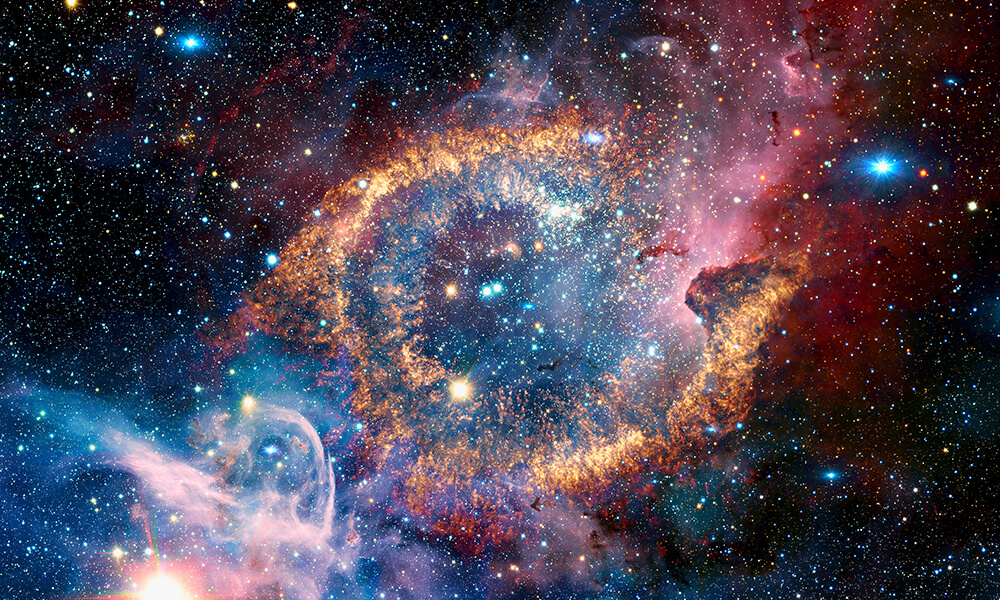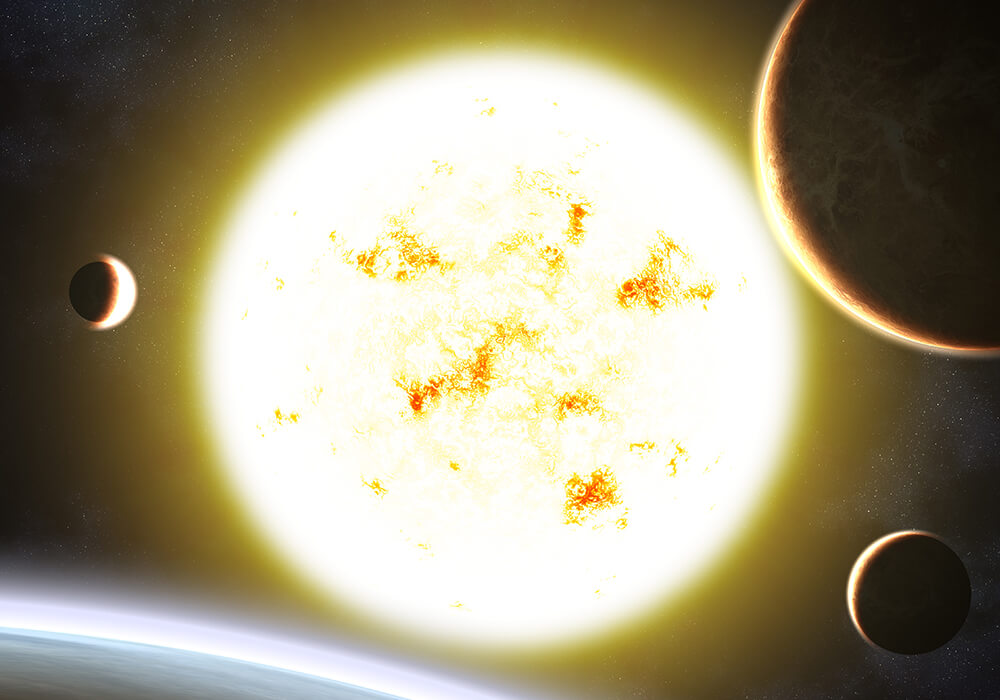In order to properly appreciate the power of the sun, it’s important to understand the patterns and science behind how it functions. Over the next two weeks, we’re excited to explore the cycles of the sun. This week we’re discussing the macro cycle of the sun and what to expect in the next billion years. After that, next week we’re exploring the micro cycle of the sun that occurs every eleven years, and explaining how the cycle has been acting extremely odd lately according to scientists.

Stage One: Nebula
The first stage of the sun was before the star was even created. A nebula is a cloud of gas and dust that occur in interstellar space. There are different types of nebula, but all function as the birthplaces of stars. Before the sun became the beauty it is today, it came to be out of a simple cloud of gases and space particles.
Stage Two: Main Sequence
Once the sun is born from the nebula, it can continue on with its main sequence, which is how our sun is currently functioning. By utilizing nuclear reactions, stars are able to create their own heat and light. The sun is still fusing together nitrogen with helium and other gases to maintain the proper heat and light, but will eventually progress on to the third stage once it becomes less reactive.
Stage Three: Red Giant
The sun will continue to grow brighter and hotter over the course of the next couple billion years, eventually leaving earth too warm to host life. When this happens, the sun will become a red giant. The sun will eventually glow brighter but will host a cooler surface temperature as it holds more nitrogen in its core. At its largest size, the sun will begin to fuse helium, shrinking its own surface. Once the sun depletes itself of helium, this stage will officially complete.
Stage Four: White Dwarf
The outer layers of the sun will be pulled into space, creating a very bright nebulas core. This is called a planetary nebula, which leads to the white dwarf stage. The core that remains contains the heaviest elements of the old sun. No more light or heat will be given off, and the sun has, at this point, almost reached the completion of its life cycle.

Final Stage: Supernova
A supernova is the explosion of a star, which will eventually happen to our own sun. We can’t observe supernovas in our own galaxy because of the excessive dust and particles that block our view. However, supernovas are seen in other galaxies with NASA’s advanced telescopic technology. These explosions occur when white dwarfs consume too much matter and combust. Ultimately, after billions of years in existence, this is the end of the life cycle for all stars, including our own sun.
By studying other stars in our universe, scientists are able to accurately predict the future for our sun. We’ve been able to make accurate predictions and better understand what to expect from our galaxy in the next billion years. However, in the last few years we’ve noticed hiccups in our predictions, and the sun has been behaving strangely. We’ll dive more into the inconsistencies with the micro 11-year-cycle of the sun next week. Until then, to better learn how to harness the sun’s power, call J-Tech solar today for a free consultation on how to implement solar energy in your home.





